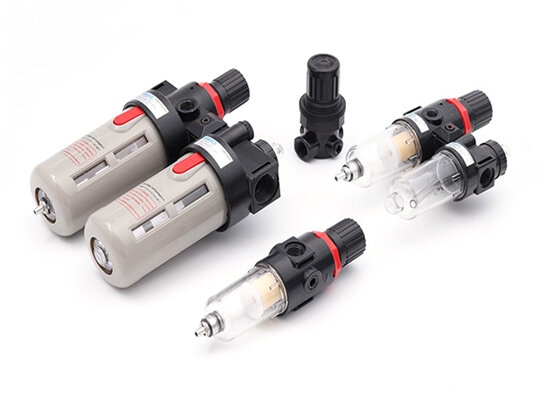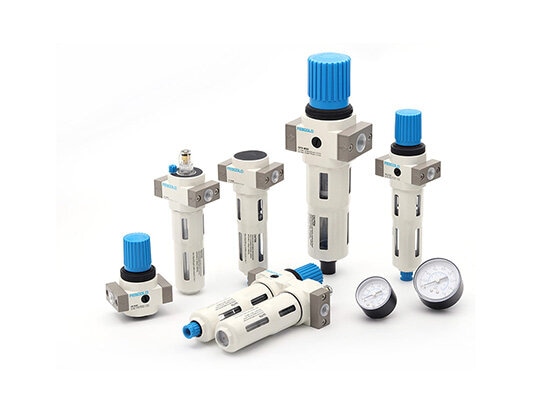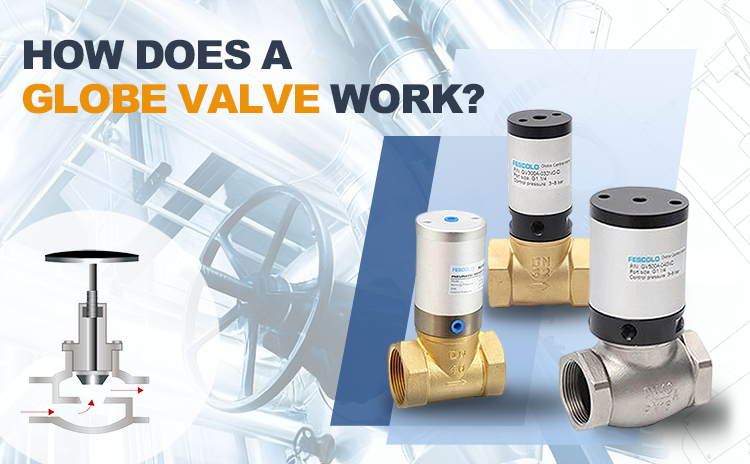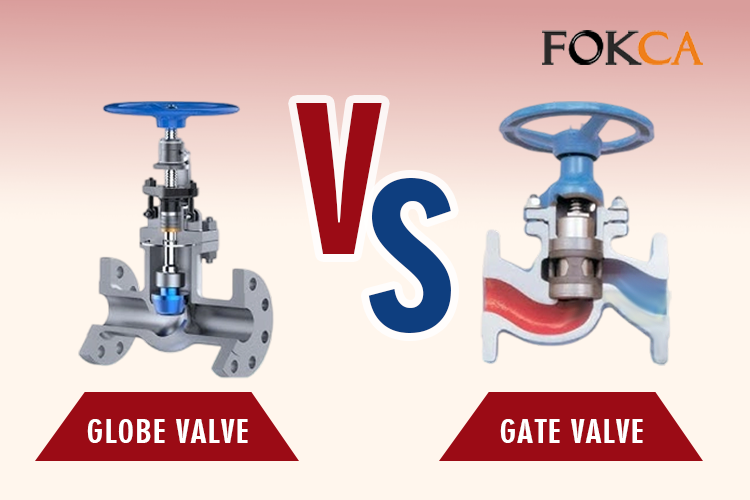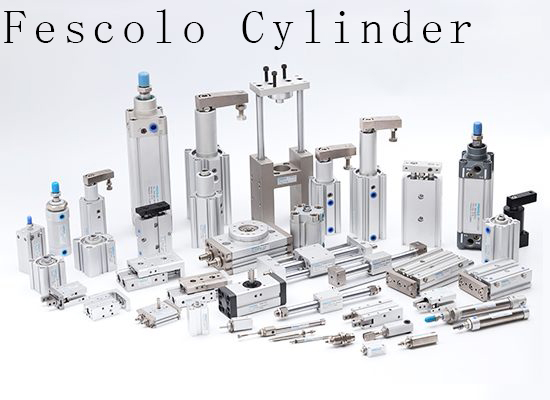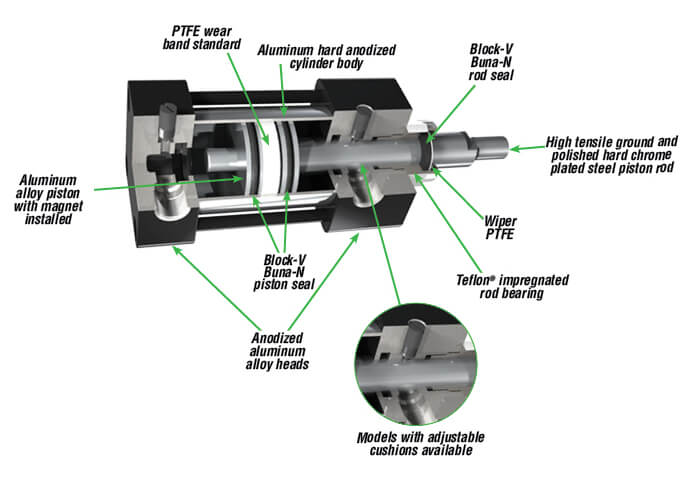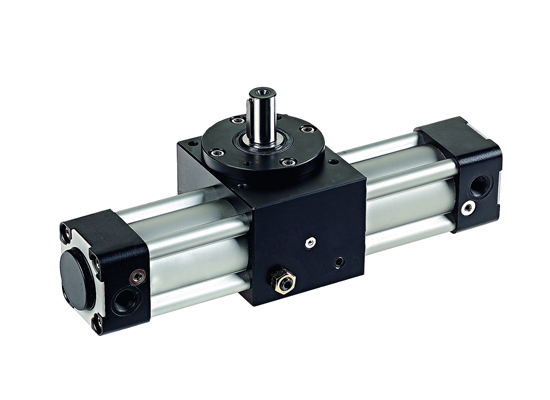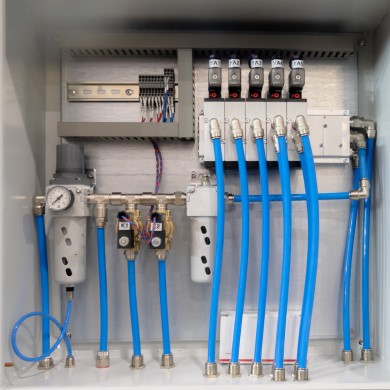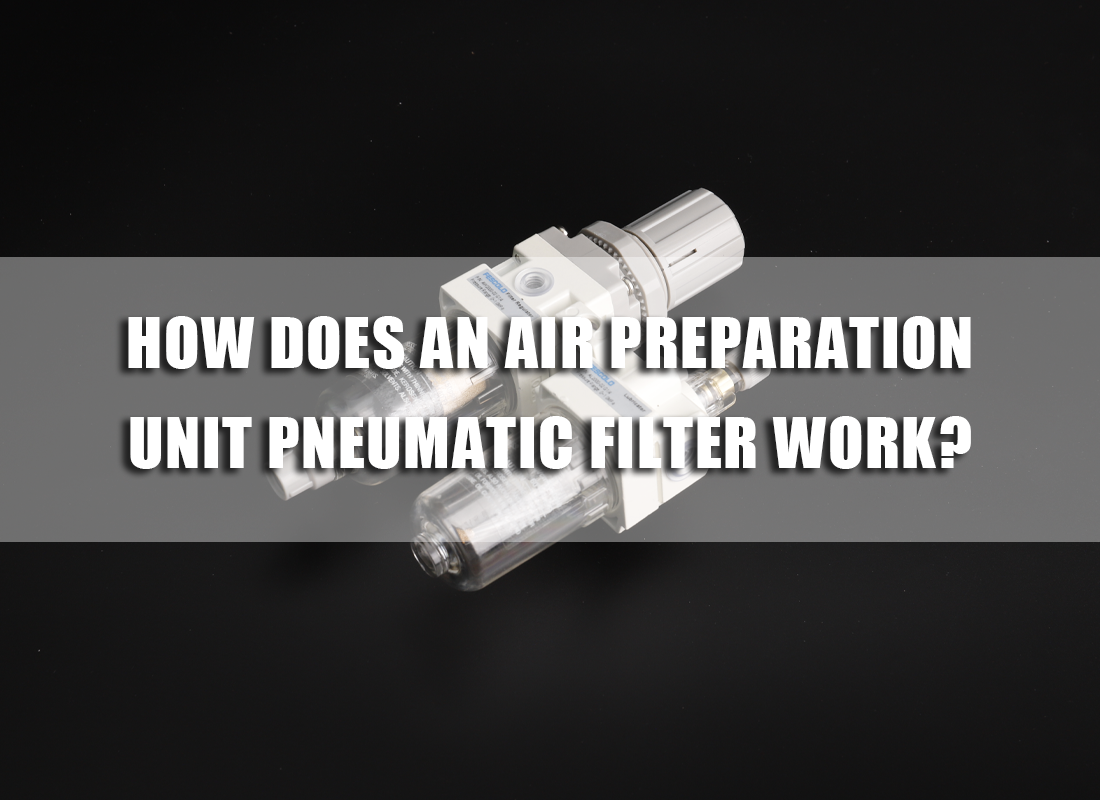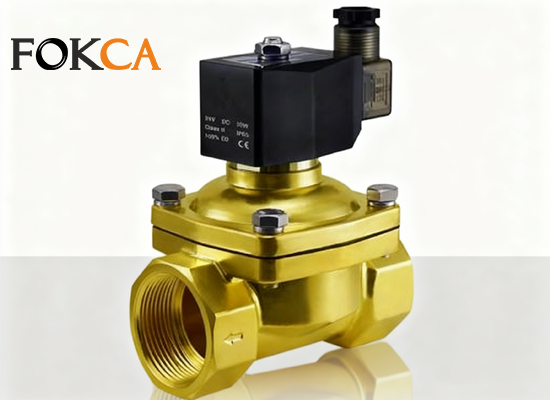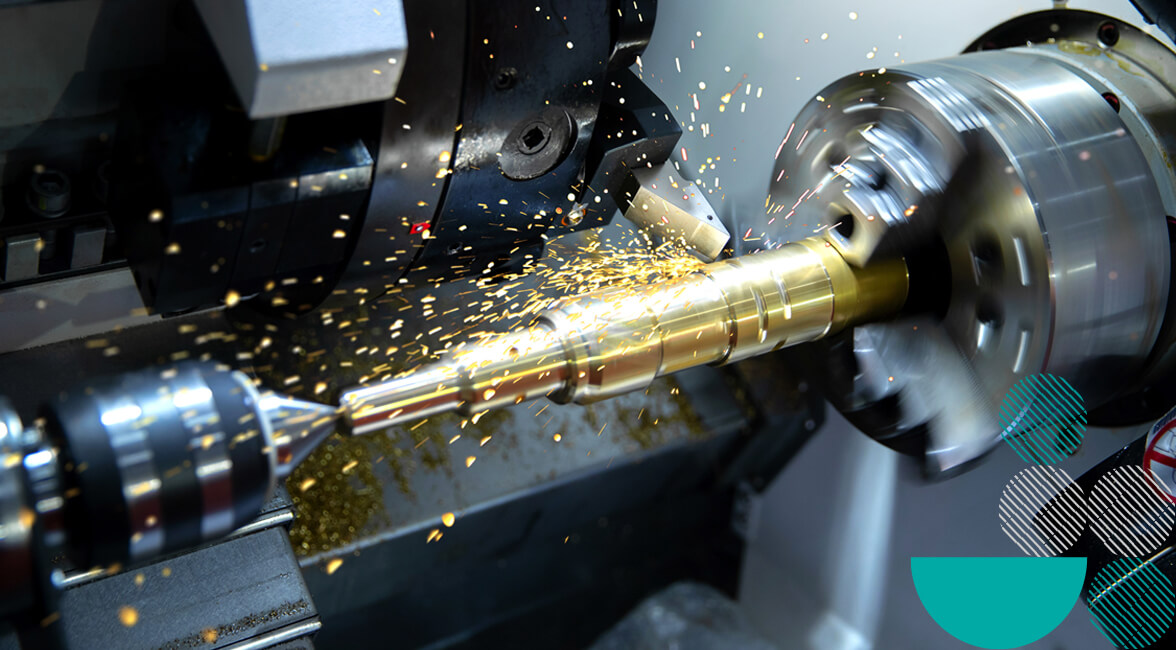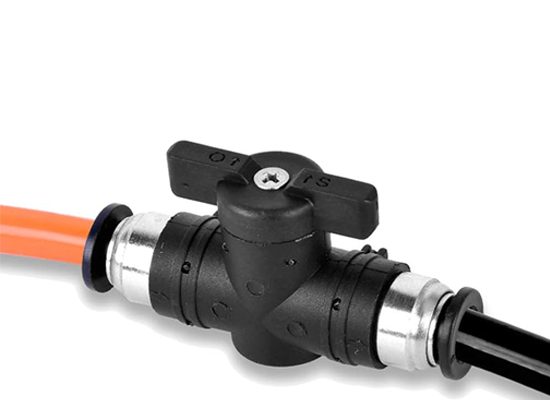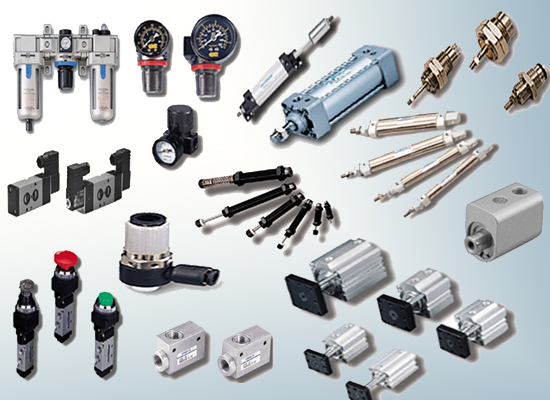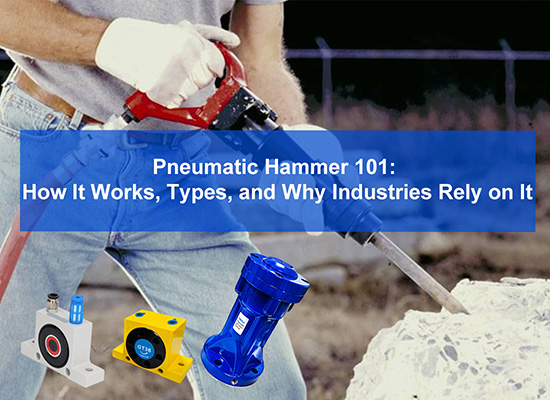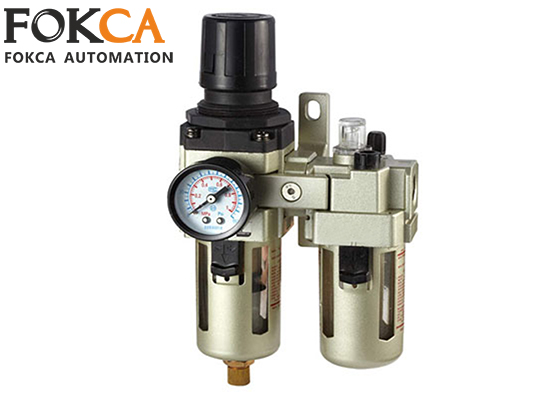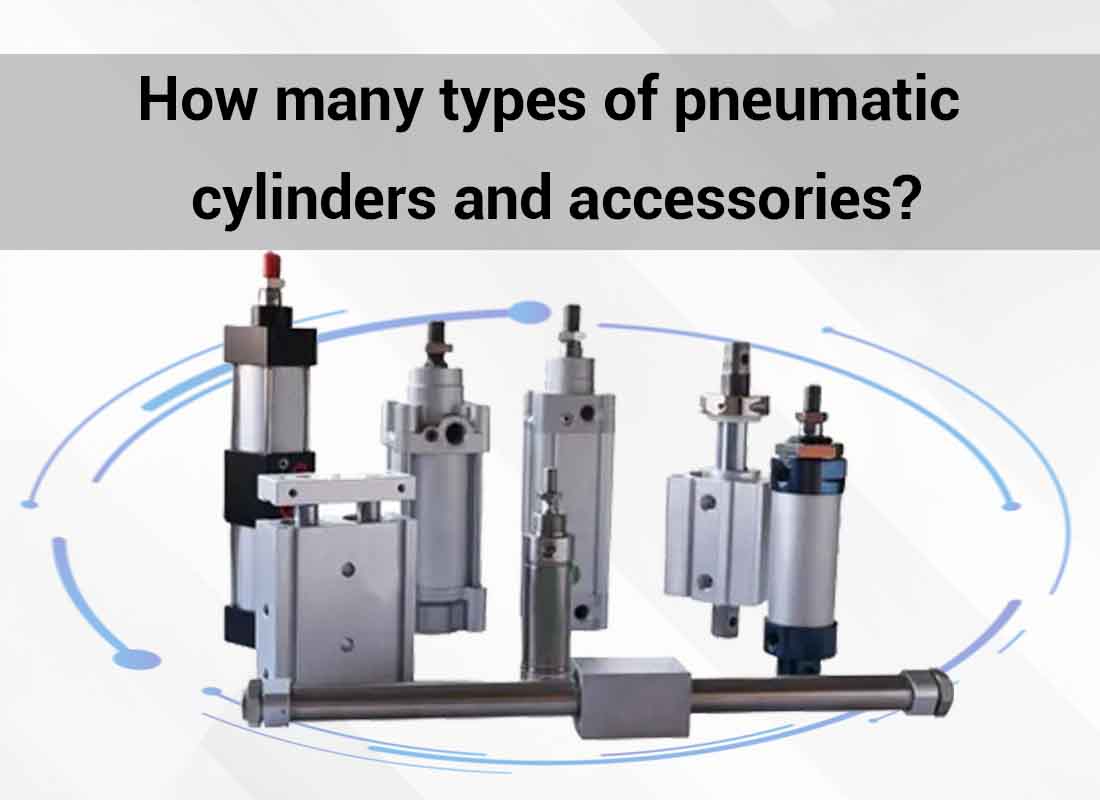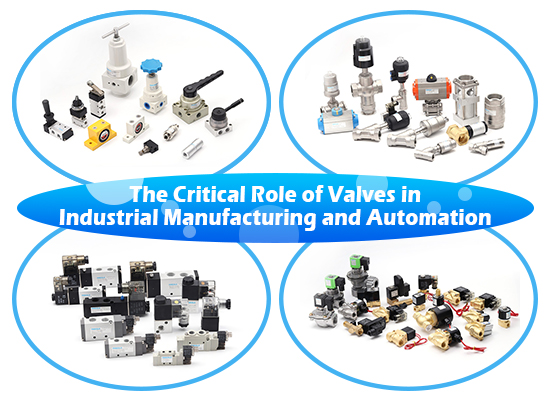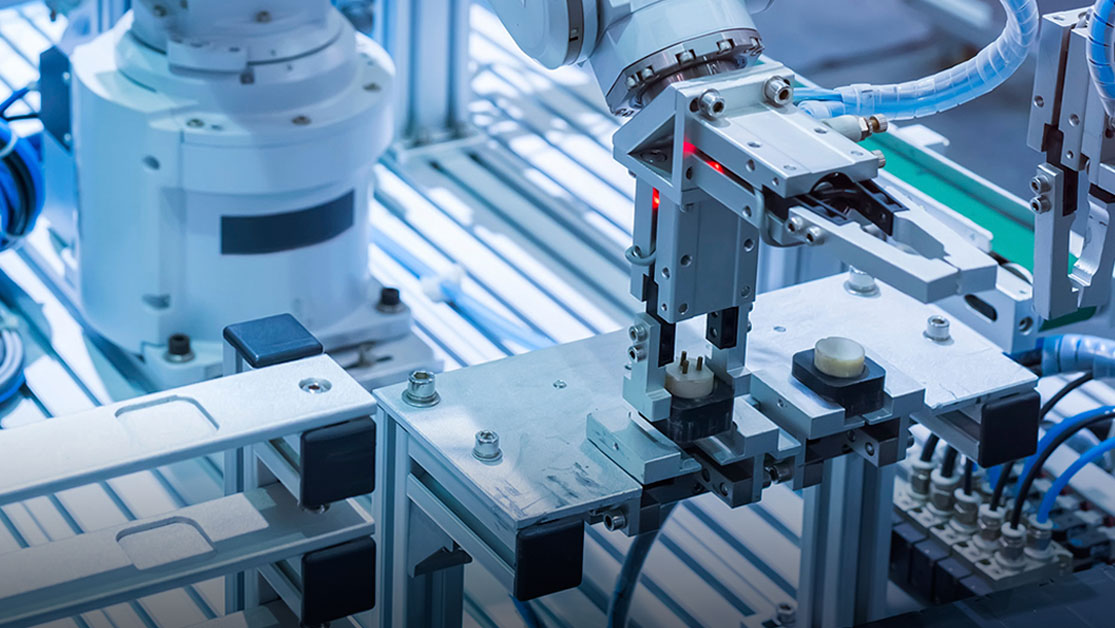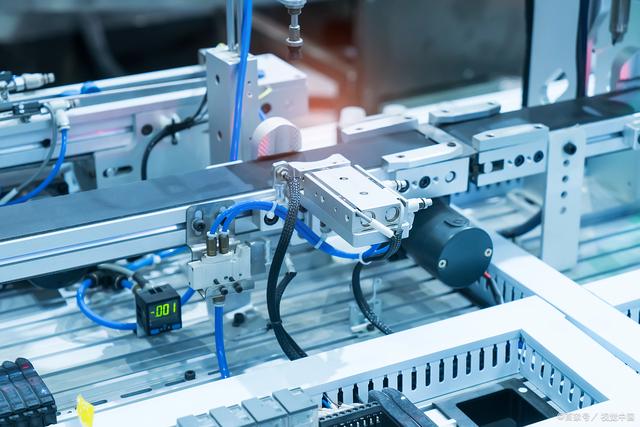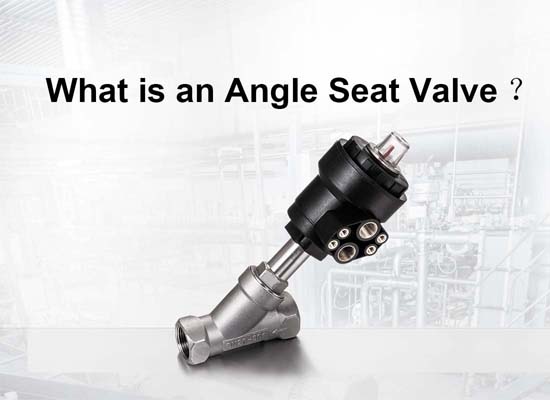Removal of Solid Impurities
The most important function of a pneumatic filter is to remove dust, rust, and solid particles from compressed air.
Separation of Water and Oil Mist
Another function is that after air compression, the compressed air carries moisture and oil mist generated from the compressor's lubricating oil due to high temperature.
Protection of Downstream Components
The filter provides clean air, extends the service life of pneumatic components, maintains system stability, and reduces maintenance costs.
Improvement of System Efficiency
Clean air reduces airflow resistance and friction, maintaining fast system response while lowering energy consumption.
Reduction of Pressure Loss
Another special ability is that some air filters are equipped with pressure-regulating functions that help minimize pressure loss in the compressed air system.
Ease of Maintenance
Modern air filters are often equipped with automatic drains or maintenance indicators that automatically discharge condensate or signal when replacement is needed, making regular maintenance easier.
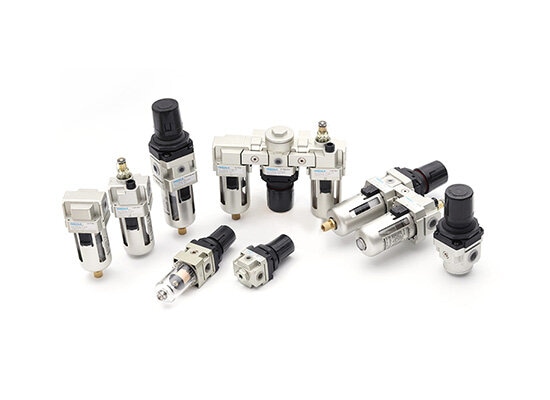
5 Common Issues and Fixes
1.Why has the pressure drop across my pneumatic air filter increased significantly?
Cause:Pressure drop is the pressure difference before and after air passes through the filter. An increase in this value can be caused by either increased incoming air pressure or increased filter resistance. Failure to drain condensate can also increase airflow resistance.
Inspection and Maintenance
Check whether the filter element is clogged with dust, oil, or moisture.
Check whether the automatic drain valve or manual drain port at the bottom of the filter is blocked.
Check whether the incoming compressed air contains excessive oil mist or moisture.
Perform regular maintenance and keep inspection records.
2.Why is the drainage of my pneumatic air filter not functioning properly?
Cause:Dust, oil, or rust may be blocking the drain channel, preventing condensate from draining away smoothly. Alternatively, the compressed air may contain a large amount of water vapor, preventing it from draining away quickly enough. Alternatively, the drain outlet may be improperly installed or has not been cleaned for a long time.
Possible Measures
Clean the drain valve to remove impurities or replace the drain valve.
Check the moisture content in the compressed air.
Inspect and replace worn parts such as the drain valve seals and filter bowl.
Adjust the installation position and direction.
3.Why has the filter element of my pneumatic air filter become discolored or shown obvious oil stains?
Cause:The filter element can handle large amounts of oil mist or oil vapor for extended periods of time. Excessive use of the filter element and improper filter selection are possible issues.
Possible Measures
Check the oil–air separator of the compressor.
Replace or clean the filter element.
Install a high-efficiency coalescing (oil removal) filter.
4.Why does the outlet air from my pneumatic air filter contain water or oil?
Cause: The compressor generates a large amount of water and oil mist during the compression process, the filter element is saturated or clogged, and the automatic drain valve is malfunctioning or draining water in an untimely manner.
Corrective Actions
Check whether the oil–air separator, refrigerated air dryer, or desiccant dryer is operating properly; clean or replace them if necessary.
If the filter element is saturated with oil or moisture, replace and clean it promptly.
Ensure that the drain valve discharges condensate regularly to prevent accumulated water from being carried into the downstream system.
5.Why is my pneumatic air filter producing abnormal noise or vibration?
Cause:Airflow exceeds the filter's rated flow rate, resulting in excessive system pressure fluctuations, causing noise and vibration; filter components are loosely mounted or the filter is clogged, causing uneven air flow.
Corrective Actions
Secure the filter bowl, housing, and mounting brackets.
Ensure that the filter's flow rate and pressure rating match the system.
Clean or replace the filter element to remove accumulated dust, moisture, or oil.
Inspect the piping and add supports or vibration dampers.
By analyzing the five common problems of air filters mentioned above, it is clear that the main issues are related to the compressed air quality and the filter’s key component—the filter element. Whether for inspection, maintenance, or cleaning, special attention should be paid to the filter element.
As a supplier of pneumatic components, we offer SMC, Festo, and Airtac series air filters, regulators, and lubricators, as well as related accessories including auto drain valves and pressure gauges. Contact us directly to get competitive product prices.
